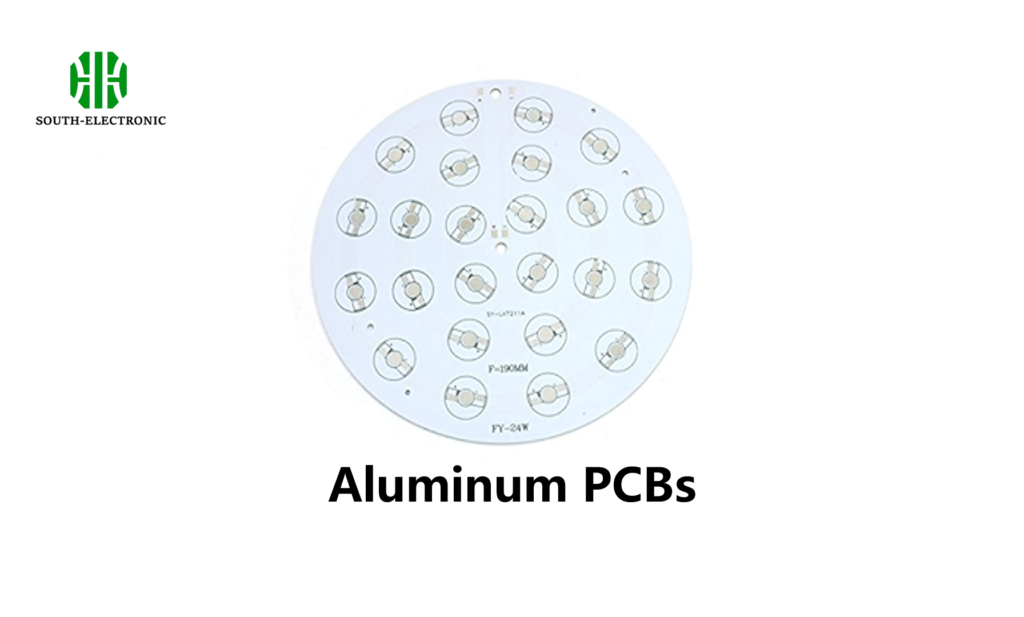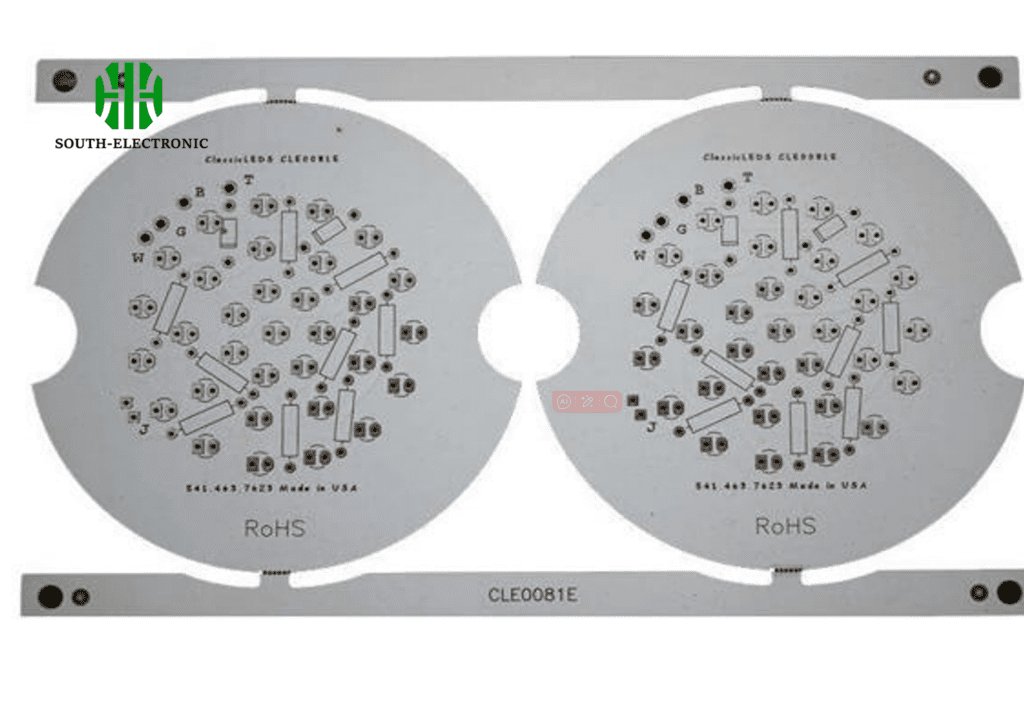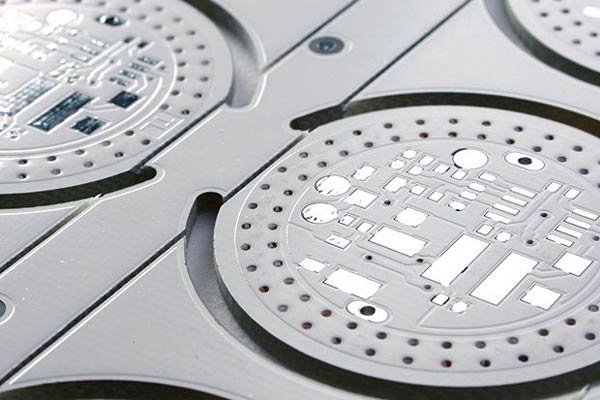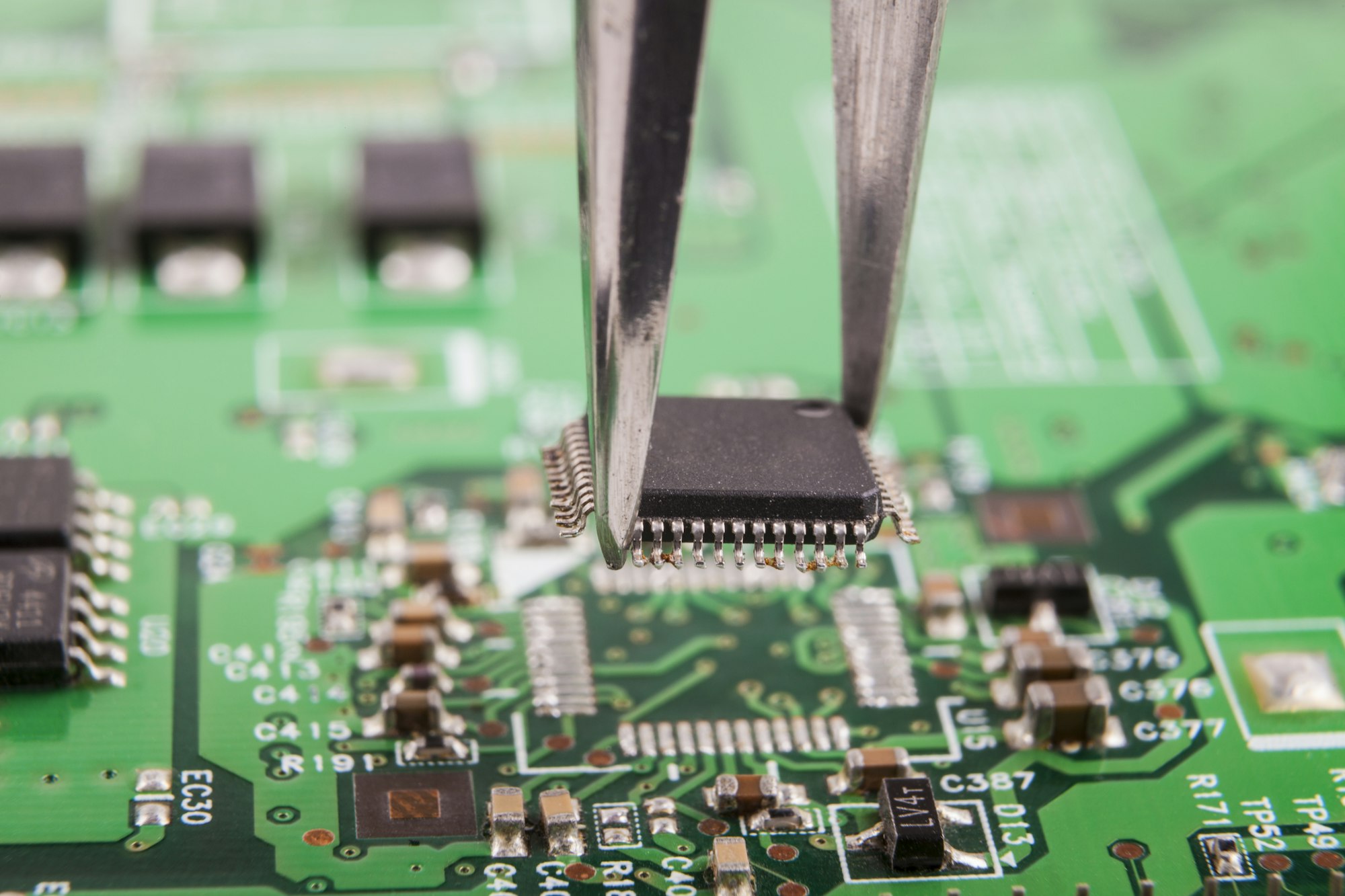You design circuits that run hot. Component overheating ruins performance. Frustration sets in. Aluminum PCBs fix this with instant heat spreading.
These boards transfer heat 10x faster than standard options. We use aluminum-backed PCBs for power-hungry devices like LED lights, car electronics, and big amplifiers where cooling is absolutely essential. Anything pushing serious watts needs this tech.

Aluminum isn’t just another board material. Its metal core changes thermal management fundamentally. Let’s explore real costs, core differences from common FR4 boards, and how manufacturers actually build these heat-conducting wonders.
How much does aluminum PCB cost?
Your project budget faces deep uncertainty. Unexpected expenses are scary. Pricing aluminum PCBs demands clarity to avoid waste.
Simple single-layer aluminum boards typically start around $10 each. Costs skyrocket near $500 for complex multilayer designs. Layer count, board size, finish treatment, and order volume drive most of this massive price swing.

Breaking Down Cost Variables
| Factor | Low Cost Impact ($200) | ||
|---|---|---|---|
| Layer Count | Single Layer | 4+ Layers | |
| Board Size | 400 cm² | ||
| Surface Finish | HASL Standard | ENIG/Immersion Gold | |
| Thermal Performance | 1W/m·K dielectric | >3W/m·K UL-cert dielectric | |
| Order Quantity | >500 pieces | 1.0 W/m·K (High) | 0.3 W/m·K (Low) |
| Weight | Heavy | Lightweight | |
| Heat Spreading | Outstanding | Poor | |
| Main Application | Power Electronics/LEDs | Digital Circuits |
Picking boards equals choosing thermal paths. Aluminum serves like a heat highway—drawing warmth swiftly off important semiconductors into spaces having air flow or attached heatsinks. FR4 blocks heat well, creating hotspots that fry sensitive electronics without warning. Mechanical rigidity also splits wildly. Aluminum boards endure tight screw mounting and large thermal shocks far better than brittle FR4 layers struggling under pressure. Voltage isolation critical, too. While FR4 insulates electricity naturally, aluminum types require carefully manufactured dielectric coatings preventing shorts.
How are aluminum PCBs made?
Factory lights flash. Engineering details turn physical. Aluminum PCB lines demand meticulously handled metals—applying heat and pressure.
Builders layer copper circuits onto a thermal dielectric coating bonded strongly to raw aluminum sheet. They precisely etch copper patterns, add green solder masks and identifiers. Think metal-backed sandwiches: aluminum base, thermal glue layer, then tracks.

Detailed Assembly Steps
| Stage | Role in Assembly | Critical Quality Control |
|---|---|---|
| Dielectric Bonding | Glues Copper to Aluminum | Adhesive Thickness Check |
| Copper Etching | Forms Circuit Traces | Line Width Precision |
| Insulating Mask | Applies Protective Coat | Void & Bubble Inspection |
| Surface Finishing | Protects Copper Pads | Oxidation Resistance |
| Routing & Scoring | Creates Board Outlines | Dimensional Tolerance |
Copper sheets glue down onto cleaned and pretreated aluminum plates using specially engineered thermal adhesive films. Factory workers tighten huge hydraulic presses that blast heat and force for perfect adhesion—no air pockets ruin heat flow. After baking, super precise photo imaging transfers circuit designs onto the copper. Then, chemical baths remove unwanted metal; careful cleaning follows. Green or other colored soldermask covers everything except connection points known as pads. Final steps include pressing symbols like component indicators onto surfaces and testing electrical isolation strength between the metal base and traces—no shorts allowed. Quality teams constantly test scraps. Finished panels then chop cleanly according to your requested dimensions.
Conclusion
Aluminum PCBs manage extreme heat where other boards collapse. They command higher prices but rescue designs suffering thermal failure—essential for tough electronics pushing heavy power loads reliably.



